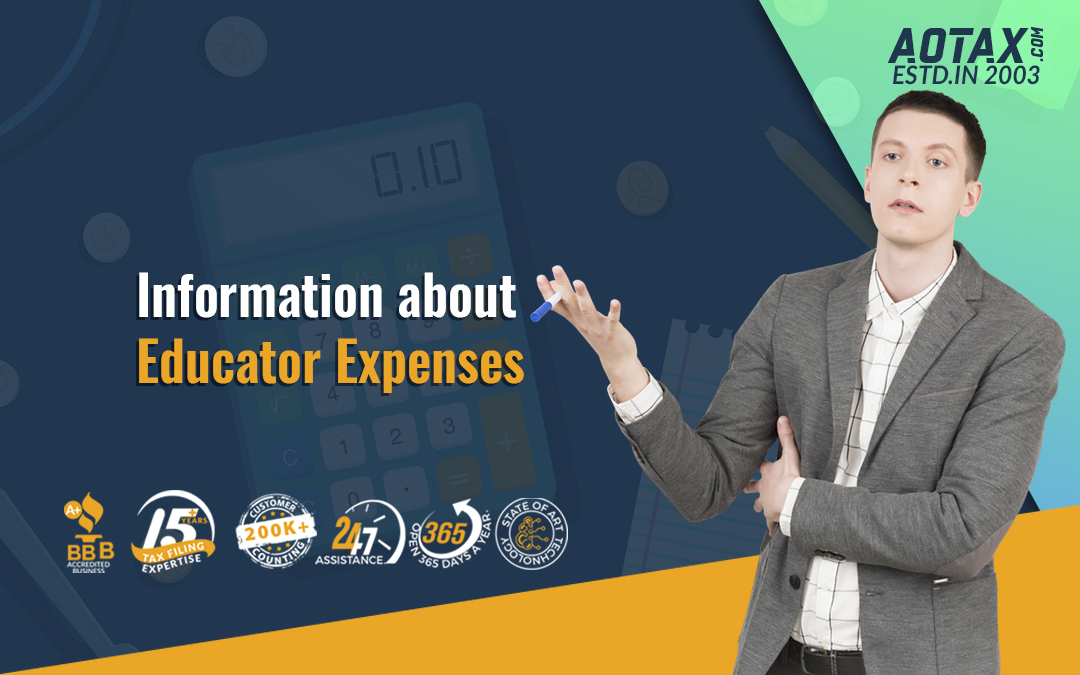Information about Educator Expenses
The Internal Revenue Service or IRS allows individuals to claim expenditure such as classroom supplies and materials as tax deductions. This comes in really handy, as there are enough reports and data to show that schools are inadequately funded. And it translates to teachers ending up paying for these supplies from their pockets. The deductions fall under the category of adjustment to income and you can add these up on line 23 of your Form 1040.
Unlike several other tax deductions, you need to itemize all the items to claim tax deductions, which is a boon, to say the least. It also helps you to bring down your adjusted gross income, which is again essential as a higher adjusted gross income keeps you away from lots of benefits.
Limit on Deductions
Tax rules for the year 2017 allow you to claim deductions up to a maximum of $250. The money must be spent on classroom supplies such as books, software or other materials. You can claim up to $500 as tax deductions if you and your spouse are both educators and opt to file tax together.
How to Qualify?
There are two basic requirements for an individual to qualify for this tax deduction.
- You should be either one of the following from kindergarten up to grade 12
- Instructor
- Counselor
- Teacher
- Principal
- Aide
- You spend at least 900 hours in one school year.
Expenses that Quality
Educator expenses cover several common and necessary supplies which are essential to the smooth running of schools, such as:
- Books
- Supplementary supplies
- Equipment
- Computer equipment
- Computer service and software
- Supplies related to athletics
Educator expenses also cover expenditure for physical education as long as they are related to athletics. Expenses under personal development can also be claimed under this.
However, you cannot claim for Educator expenses for home schooling and non-athletic related supplies when it comes to physical education.
It is always a good idea to keep a track of your expenses along with receipts for each item. Jotting down the expenses along with receipts will ensure you do not miss out on something while filing your taxes.
Reduce your deductions
If you figure out how much Educator expenses you have, you should deduct the following amount from it, whichever is applicable.
- Any earnings from state tuition programs that is non-taxable
- Any earnings from Coverdell education savings program that is non-taxable
- Earnings from Series EE and I savings bonds, which you have already declared on your Form 8815 and is non-taxable
- Reimbursements for these expenses, not mentioned in your For W-2, Box 1.
Unreimbursed Employee Expense
There are several instances where your expenses might exceed the $250 cap put on Educator expenses, or you might not qualify for the same. You can still deduct a certain portion of the unreimbursed expenses under Unreimbursed Employee expense. Though this allows you to claim for certain deductions, it is not as convenient as the Educator expenses.
The deductions kick in as long as your miscellaneous itemized deductions are more than 2% of your total adjusted gross income. For an example, if your adjusted gross income is $25000, you can deduct miscellaneous itemized deductions that exceed 2% of $25000 or $500. Assuming your educator expenses are $300 and miscellaneous itemized deductions at $400, the total is $700. But you can claim deductions only on $200, the amount exceeding 2% of AGI or $500 in this example.


Recent Comments